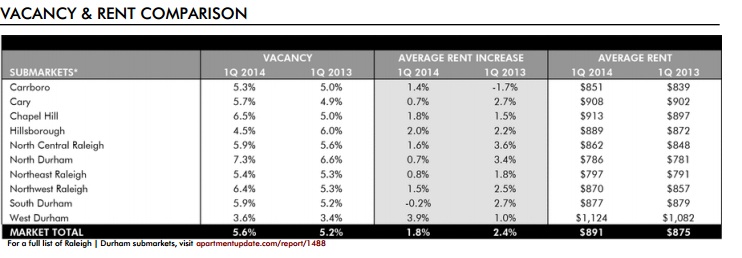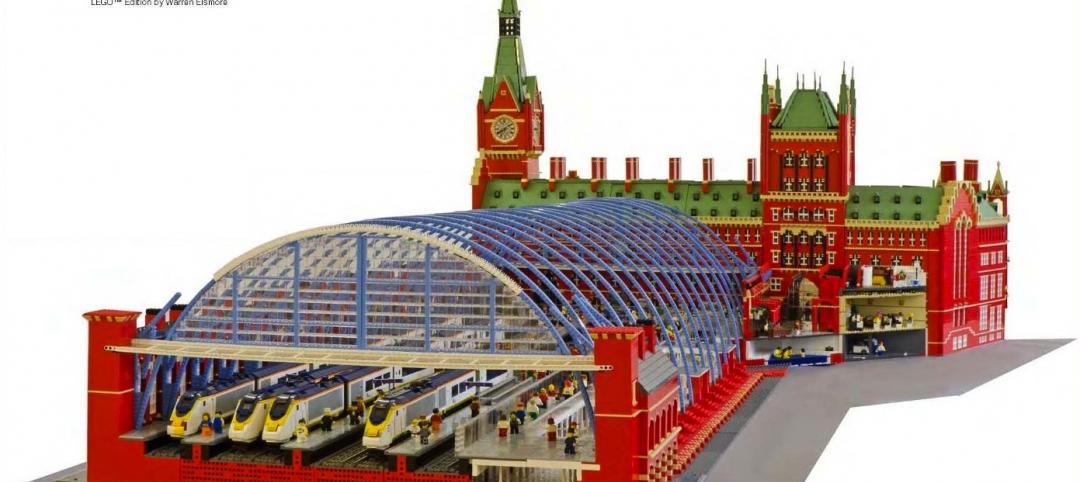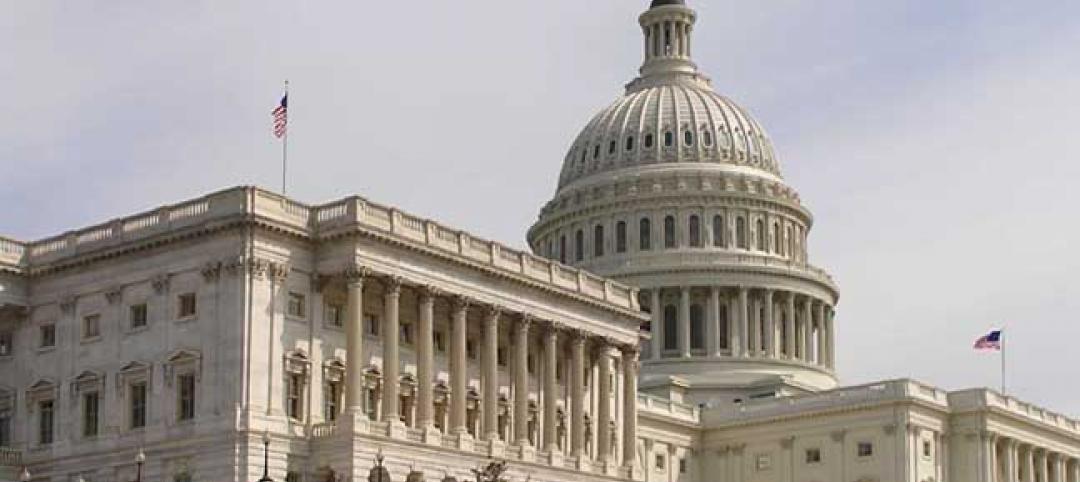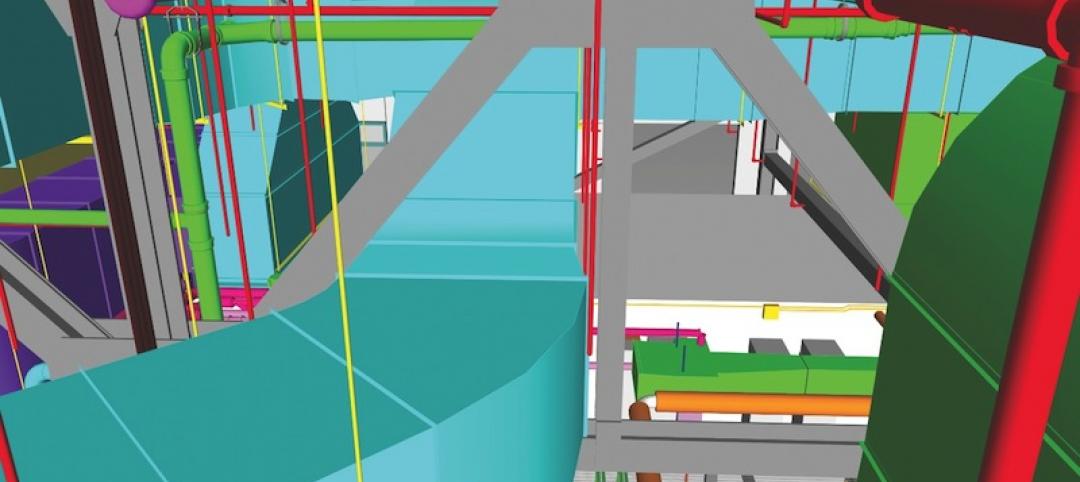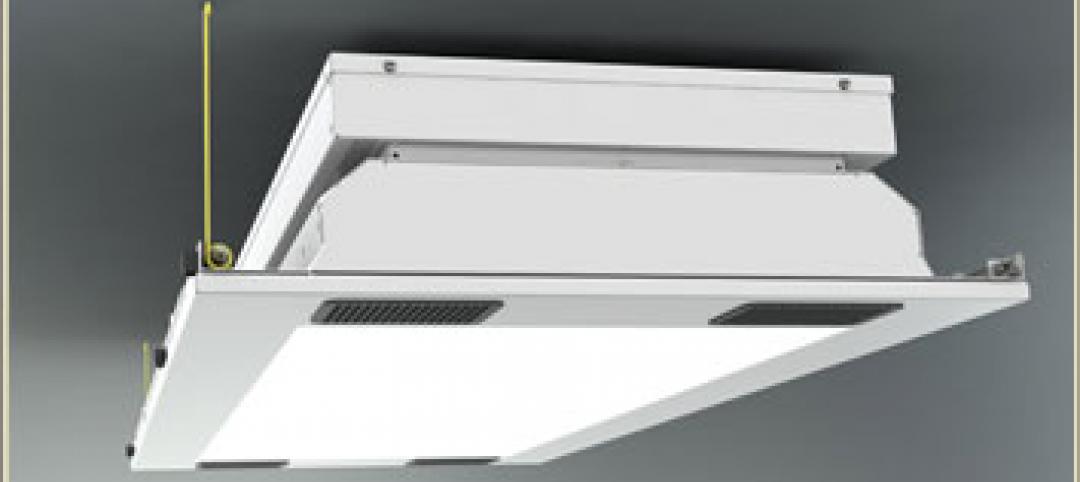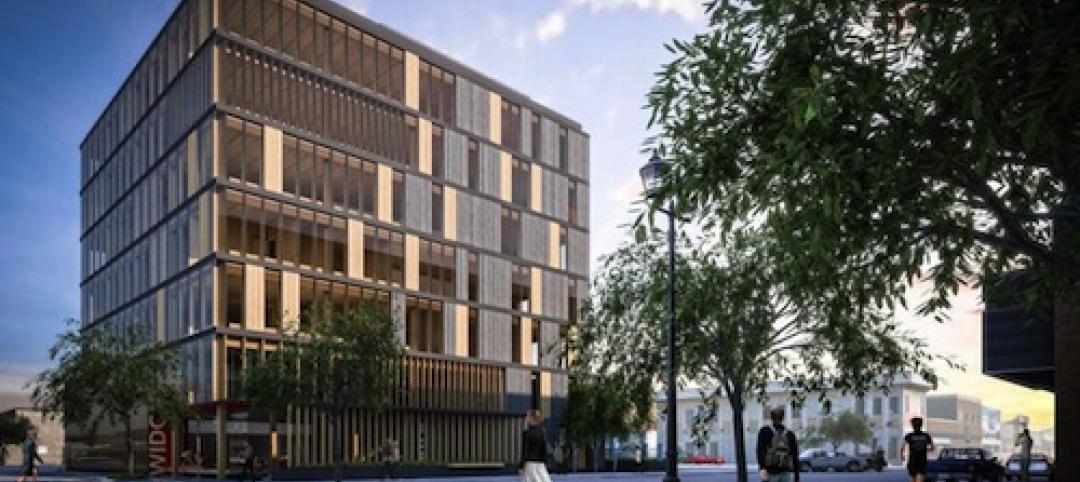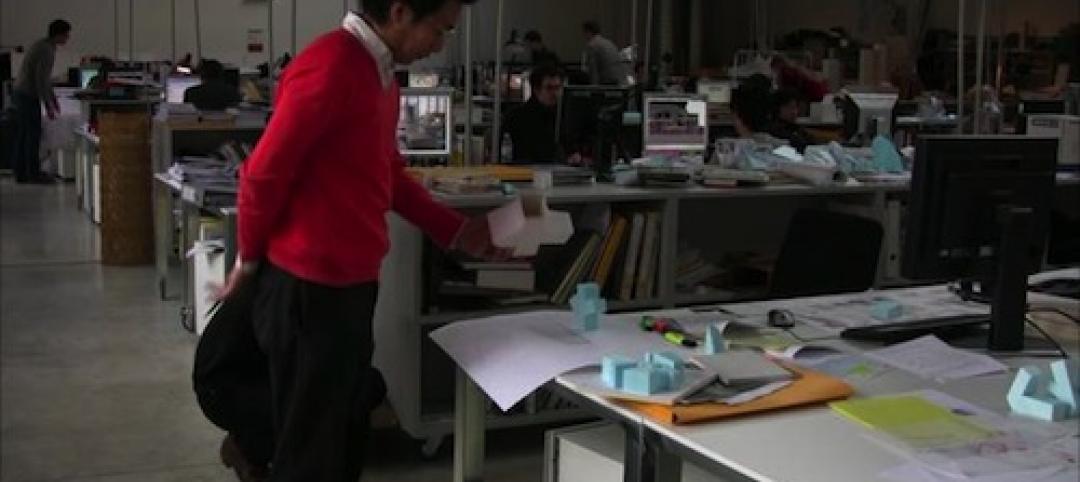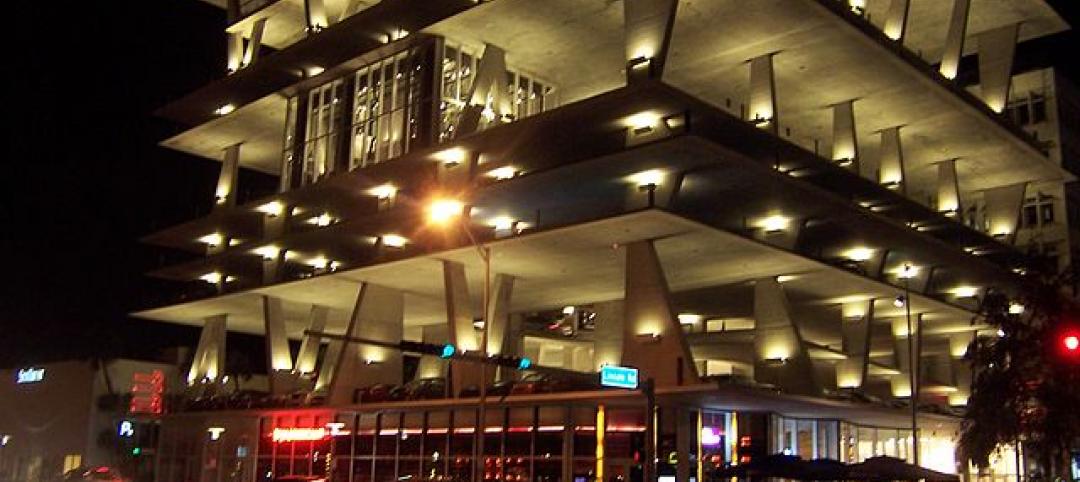The greater Raleigh, N.C., market appears to be getting back on its feet again, which is good news for rental property owners.
Driven by the growth of government expansion and technology companies, the Raleigh-Durham area added 14,400 new jobs in the first half of this year, representing a 1.8% increase over the same period a year earlier, according to a report on the website Commercial Property Executive.
Equally important, the market’s median household income increased by 4.4% to $59,030.
These gains have been a positive impetus for new apartment construction and what owners can charge renters, albeit somewhat counter-intuitively. The number of apartments available has been falling since late 2013. However, completions of new apartments exceed demand, and multifamily permits have increased by 15% since the beginning of the year to an annualized rate of 7,540.
Still, the average monthly rent in the Raleigh-Cary area is up 1.2%, according to new research by Axiometrics. “Job growth continues to be strong, and new household formation is resulting in the absorption of new units,” Jay Denton, Axiometrics’ senior vice president of research and analytics, told the Triangle Business Journal.
The average rents for apartment communities open at least a year was $920 per month in the third quarter, compared to $899 in the same quarter in 2013, according to Axiometrics.
Related Stories
| May 1, 2013
A LEGO lover's dream: Guide to building the world's iconic structures with LEGO
A new book from LEGO master builder Warren Elsmore offers instructions for creating scale models of buildings and landmarks with LEGO.
| May 1, 2013
New AISC competition aims to shape the future of steel
Do you have the next great idea for a groundbreaking technology, model shop or building that could potentially revolutionize the future of the steel design and construction industry? Enter AISC's first-ever Future of Steel competition.
| May 1, 2013
Data center construction remains healthy, but oversupply a concern
Facebook, Amazon, Microsoft, and Google are among the major tech companies investing heavily to build state-of-the-art data centers.
| May 1, 2013
Groups urge Congress: Keep energy conservation requirements for government buildings
More than 350 companies urge rejection of special interest efforts to gut key parts of Energy Independence and Security Act
| May 1, 2013
World’s tallest children’s hospital pushes BIM to the extreme
The Building Team for the 23-story Lurie Children’s Hospital in Chicago implements an integrated BIM/VDC workflow to execute a complex vertical program.
| Apr 30, 2013
Healthcare lighting innovation: Overhead fixture uses UV to kill airborne pathogens
Designed specifically for hospitals, nursing homes, child care centers, and other healthcare facilities where infection control is a concern, the Arcalux Health Risk Management System (HRMS) is an energy-efficient lighting fixture that doubles as a germ-killing machine.
| Apr 30, 2013
First look: North America's tallest wooden building
The Wood Innovation Design Center (WIDC), Prince George, British Columbia, will exhibit wood as a sustainable building material widely availablearound the globe, and aims to improve the local lumber economy while standing as a testament to new construction possibilities.
| Apr 26, 2013
Apple scales back Campus 2 plans to reduce price tag
Apple will delay the construction of a secondary research and development building on its "spaceship" campus in an attempt to drive down the cost of developing its new headquarters.
| Apr 26, 2013
Documentary shows 'starchitects' competing for museum project
"The Competition," a new documentary produced by Angel Borrego Cuberto of Madrid, focuses on the efforts of five 'starchitects' to capture the design contract for the new National Museum of Art of Andorra: a small country in the Pyrenees between Spain and France.
| Apr 26, 2013
Solving the parking dilemma in U.S. cities
ArchDaily's Rory Stott yesterday posted an interesting exploration of progressive parking strategies being employed by cities and designers. The lack of curbside and lot parking exacerbates traffic congestion, discourages visitors, and leads to increased vehicles emissions.


